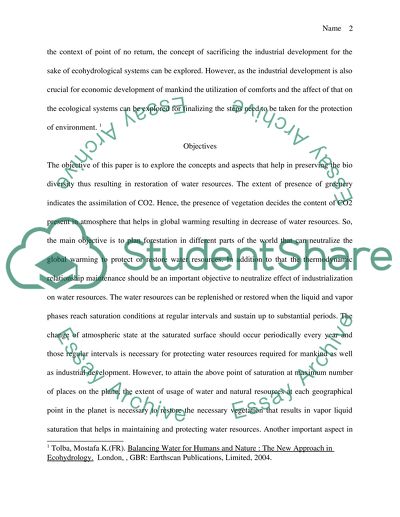Cite this document
(“Understanding ecohydrological processes for sustainable floodplain Term Paper”, n.d.)
Understanding ecohydrological processes for sustainable floodplain Term Paper. Retrieved from https://studentshare.org/environmental-studies/1508884-understanding-ecohydrological-processes-for-sustainable-floodplain-management
Understanding ecohydrological processes for sustainable floodplain Term Paper. Retrieved from https://studentshare.org/environmental-studies/1508884-understanding-ecohydrological-processes-for-sustainable-floodplain-management
(Understanding Ecohydrological Processes for Sustainable Floodplain Term Paper)
Understanding Ecohydrological Processes for Sustainable Floodplain Term Paper. https://studentshare.org/environmental-studies/1508884-understanding-ecohydrological-processes-for-sustainable-floodplain-management.
Understanding Ecohydrological Processes for Sustainable Floodplain Term Paper. https://studentshare.org/environmental-studies/1508884-understanding-ecohydrological-processes-for-sustainable-floodplain-management.
“Understanding Ecohydrological Processes for Sustainable Floodplain Term Paper”, n.d. https://studentshare.org/environmental-studies/1508884-understanding-ecohydrological-processes-for-sustainable-floodplain-management.


